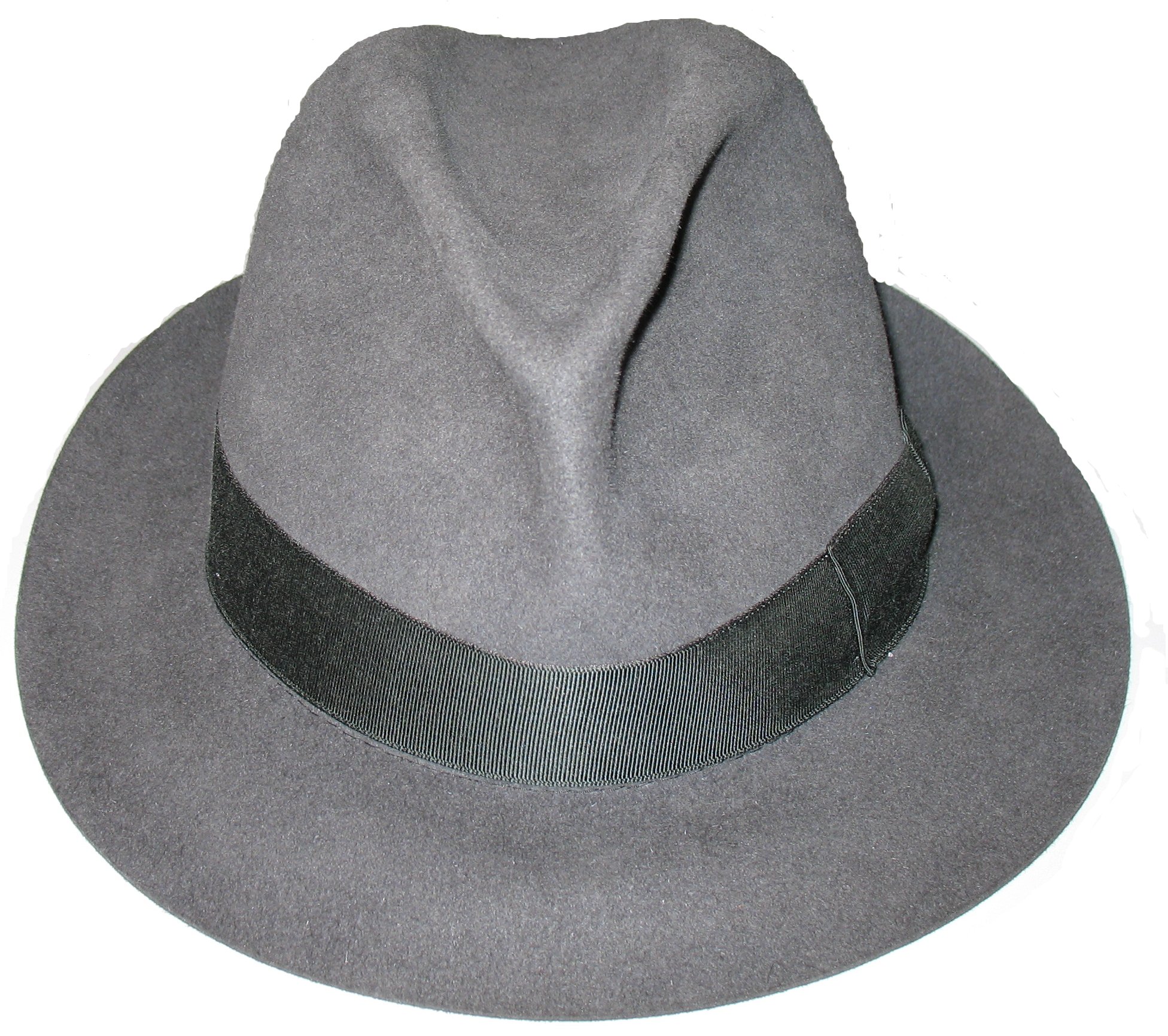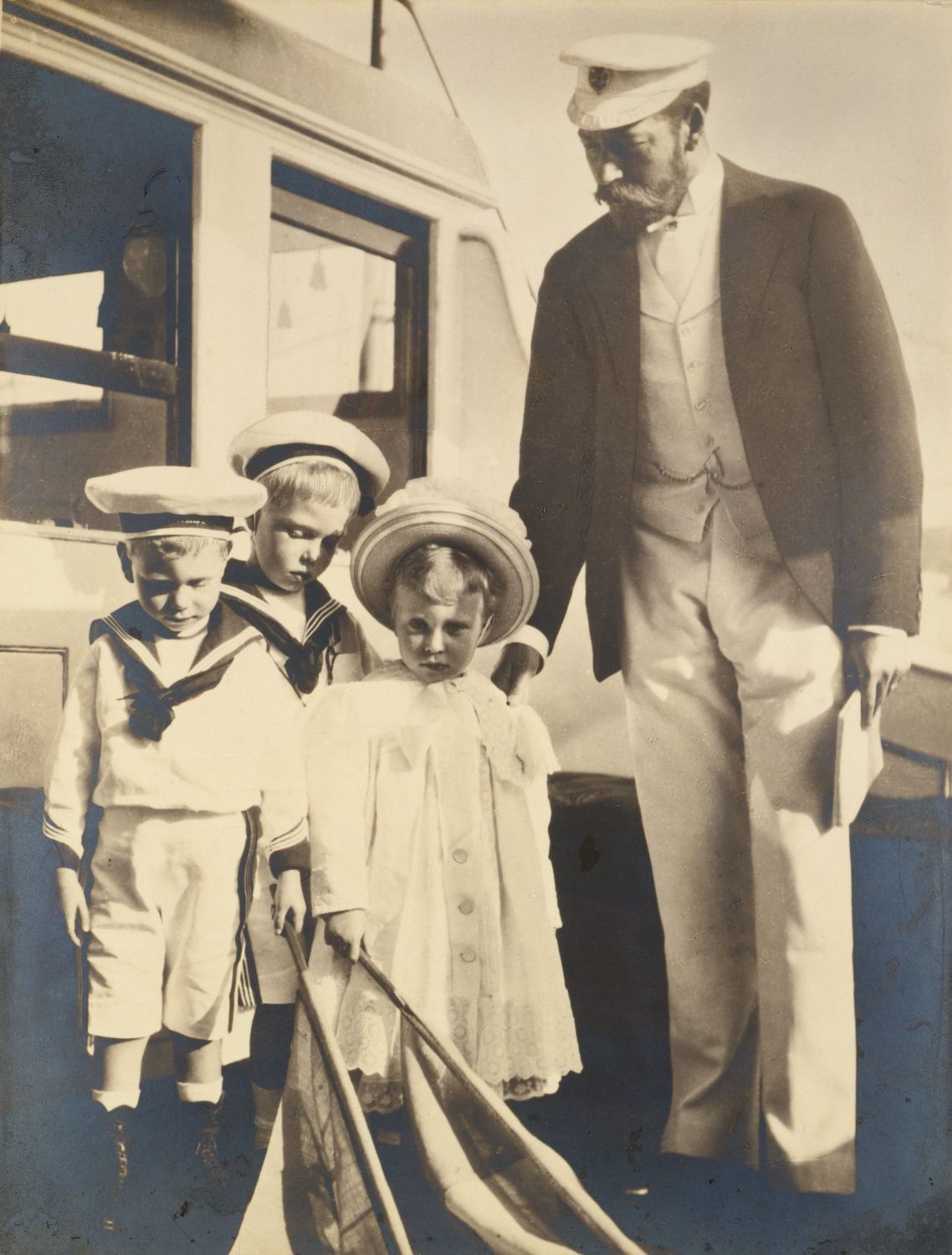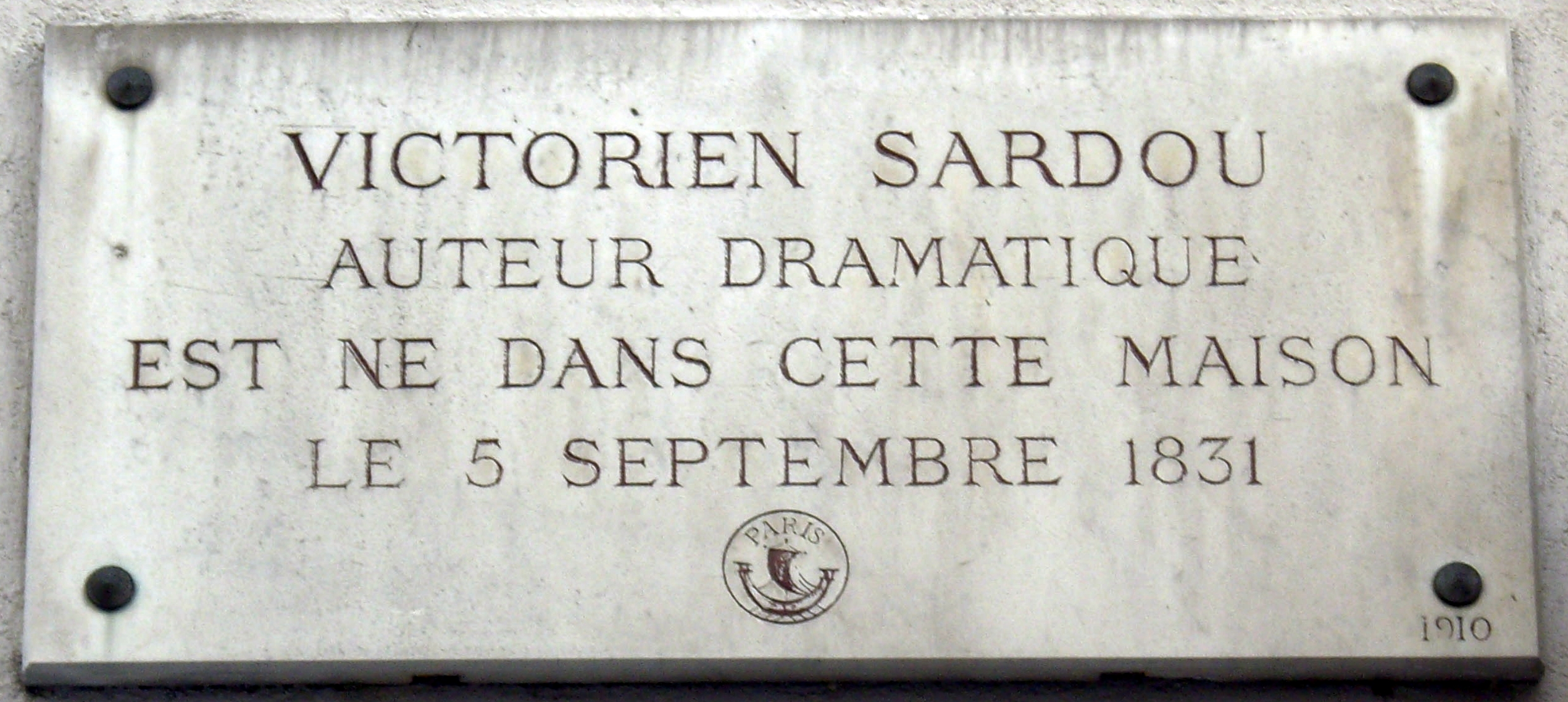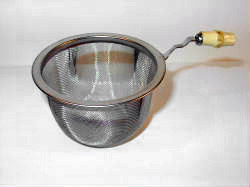|
Fedora (hat)
A fedora () is a hat with a soft brim and indented crown.Kilgour, Ruth Edwards (1958). ''A Pageant of Hats Ancient and Modern''. R. M. McBride Company. It is typically creased lengthwise down the crown and "pinched" near the front on both sides. Fedoras can also be creased with teardrop crowns, diamond crowns, center dents, and others, and the positioning of pinches can vary. The typical crown height is . The term ''fedora'' was in use as early as 1891. Its popularity soared, and eventually it eclipsed the similar-looking homburg. The fedora hat's brim is usually around wide, but can be wider, can be left raw-edged (left as cut), finished with a sewn overwelt or underwelt, or bound with a trim-ribbon. ''Stitched edge'' means that there is one or more rows of stitching radiating inward toward the crown. The Cavanagh edge is a welted edge with invisible stitching to hold it in place and is a very expensive treatment that can no longer be performed by modern hat factories. [...More Info...] [...Related Items...] OR: [Wikipedia] [Google] [Baidu] |
Hatt
Hatt may refer to: Places * Hatt, Cornwall, England * Hatt Building, on the National Register of Historic Places listings in Napa County, California Other uses * Hatt (surname) * Arabic خط (''ḫaṭṭ'': "line, writing"), everyday Arabic handwriting or script in contrast to style and system requirements of calligraphy Cf. :ar:خط (توضيح) (Hatt, disambiguation) ** Hijazi script (خط حجازي ḫaṭṭ ḥiǧāzī). ** Hatt-i humayun, edict of the Ottoman government (e.g. Hatt-ı Hümayun of 1856) * Help authoring tools and Techniques, a software program used to create help documents * The Hatt family, fictional characters including Sir Topham Hatt, The Fat Controller, the head of the railway in ''The Railway Series'' of books written by Rev W. V. Awdry See also * Hat (other) * Hats (other) * Het (other) * Hett (other) Heavy Equipment Transporter System (HETS) is the name of a U.S. Army logistics vehicle transport system, th ... [...More Info...] [...Related Items...] OR: [Wikipedia] [Google] [Baidu] |
Cotton
Cotton is a soft, fluffy staple fiber that grows in a boll, or protective case, around the seeds of the cotton plants of the genus '' Gossypium'' in the mallow family Malvaceae. The fiber is almost pure cellulose, and can contain minor percentages of waxes, fats, pectins, and water. Under natural conditions, the cotton bolls will increase the dispersal of the seeds. The plant is a shrub native to tropical and subtropical regions around the world, including the Americas, Africa, Egypt and India. The greatest diversity of wild cotton species is found in Mexico, followed by Australia and Africa. Cotton was independently domesticated in the Old and New Worlds. The fiber is most often spun into yarn or thread and used to make a soft, breathable, and durable textile. The use of cotton for fabric is known to date to prehistoric times; fragments of cotton fabric dated to the fifth millennium BC have been found in the Indus Valley civilization, as well as fabric remnants dat ... [...More Info...] [...Related Items...] OR: [Wikipedia] [Google] [Baidu] |
Orthodox Judaism
Orthodox Judaism is the collective term for the traditionalist and theologically conservative branches of contemporary Judaism. Theologically, it is chiefly defined by regarding the Torah, both Written and Oral, as revealed by God to Moses on Mount Sinai and faithfully transmitted ever since. Orthodox Judaism, therefore, advocates a strict observance of Jewish law, or ''halakha'', which is to be interpreted and determined exclusively according to traditional methods and in adherence to the continuum of received precedent through the ages. It regards the entire ''halakhic'' system as ultimately grounded in immutable revelation, and beyond external influence. Key practices are observing the Sabbath, eating kosher, and Torah study. Key doctrines include a future Messiah who will restore Jewish practice by building the temple in Jerusalem and gathering all the Jews to Israel, belief in a future bodily resurrection of the dead, divine reward and punishment for the righte ... [...More Info...] [...Related Items...] OR: [Wikipedia] [Google] [Baidu] |
Haredi Judaism
Haredi Judaism ( he, ', ; also spelled ''Charedi'' in English; plural ''Haredim'' or ''Charedim'') consists of groups within Orthodox Judaism that are characterized by their strict adherence to ''halakha'' (Jewish law) and traditions, in opposition to modern values and practices. Its members are usually referred to as ultra-Orthodox in English; however, the term "ultra-Orthodox" is considered pejorative by many of its adherents, who prefer terms like strictly Orthodox or Haredi. Haredi Jews regard themselves as the most religiously authentic group of Jews, although other movements of Judaism disagree. Some scholars have suggested that Haredi Judaism is a reaction to societal changes, including political emancipation, the ''Haskalah'' movement derived from the Enlightenment, acculturation, secularization, religious reform in all its forms from mild to extreme, the rise of the Jewish national movements, etc. In contrast to Modern Orthodox Judaism, followers of Haredi Judaism ... [...More Info...] [...Related Items...] OR: [Wikipedia] [Google] [Baidu] |
Edward VIII
Edward VIII (Edward Albert Christian George Andrew Patrick David; 23 June 1894 – 28 May 1972), later known as the Duke of Windsor, was King of the United Kingdom and the Dominions of the British Empire and Emperor of India from 20 January 1936 until his abdication in December of the same year. Edward was born during the reign of his great-grandmother Queen Victoria as the eldest child of the Duke and Duchess of York, later King George V and Queen Mary. He was created Prince of Wales on his 16th birthday, seven weeks after his father succeeded as king. As a young man, Edward served in the British Army during the First World War and undertook several overseas tours on behalf of his father. While Prince of Wales, he engaged in a series of sexual affairs that worried both his father and then-British prime minister Stanley Baldwin. Upon his father's death in 1936, Edward became the second monarch of the House of Windsor. The new king showed impatience with court protocol, an ... [...More Info...] [...Related Items...] OR: [Wikipedia] [Google] [Baidu] |
Cross-dressing
Cross-dressing is the act of wearing clothes usually worn by a different gender. From as early as pre-modern history, cross-dressing has been practiced in order to disguise, comfort, entertain, and self-express oneself. Cross-dressing has played an important part in society due to the nature of sociology. Sociology dictates that social norms are an inherent part of society and, thus, there are expected norms for each gender relating to style, color, type of clothing and more. Thus, cross-dressing allows individuals to express themselves by acting beyond guidelines, views, or even laws defining what type of clothing is expected and appropriate for each gender. The term "cross-dressing" refers to an action or a behavior, without attributing or implying any specific causes or motives for that behavior. Cross-dressing is not synonymous with being transgender. Terminology The phenomenon of cross-dressing is seen throughout recorded history, being referred to as far back as the Heb ... [...More Info...] [...Related Items...] OR: [Wikipedia] [Google] [Baidu] |
Sarah Bernhardt
Sarah Bernhardt (; born Henriette-Rosine Bernard; 22 or 23 October 1844 – 26 March 1923) was a French stage actress who starred in some of the most popular French plays of the late 19th and early 20th centuries, including ''La Dame Aux Camelias'' by Alexandre Dumas ''fils''; '' Ruy Blas'' by Victor Hugo, '' Fédora'' and '' La Tosca'' by Victorien Sardou, and ''L'Aiglon'' by Edmond Rostand. She also played male roles, including Shakespeare's Hamlet. Rostand called her "the queen of the pose and the princess of the gesture", while Hugo praised her "golden voice". She made several theatrical tours around the world, and was one of the first prominent actresses to make sound recordings and to act in motion pictures. She is also linked with the success of artist Alphonse Mucha, whose work she helped to publicize. Mucha would become one of the most sought-after artists of this period for his Art Nouveau style. Biography Early life Henriette-Rosine Bernard was born at 5 rue de ... [...More Info...] [...Related Items...] OR: [Wikipedia] [Google] [Baidu] |
Fédora
''Fédora'' is a play by the French author Victorien Sardou. It opened at the Théâtre du Vaudeville in Paris on 11 December 1882,Noël, Edouard and Philippe StoulligLes Annales du théâtre et de la musique, 1882 p. 245 and ran for 135 performances. The first production starred Sarah Bernhardt. She wore a soft felt hat in that role which was soon a popular fashion for women; the hat became known as a fedora. The premiere was headline news in Paris. ''Le Figaro'' devoted its whole front page to it in addition to further coverage inside. The Paris correspondent of '' The Era'' called Bernhardt's performance as Princess Fédora Romazoff "magnificent throughout … the most brilliant of her remarkable career"."The Drama in Paris", ''The Era'', 16 December 1882, p. 5 Pierre Berton played Loris Ipanoff, the only other major role, and was highly praised. ''The Era'' commented, "The other ''rôles'' are less than subsidiary. They are filled faultlessly by MM. Colombey, Tchileff; Vois, ... [...More Info...] [...Related Items...] OR: [Wikipedia] [Google] [Baidu] |
Victorien Sardou
Victorien Sardou ( , ; 5 September 18318 November 1908) was a French dramatist. He is best remembered today for his development, along with Eugène Scribe, of the well-made play. He also wrote several plays that were made into popular 19th-century operas such as '' La Tosca'' (1887) on which Giacomo Puccini's opera ''Tosca'' (1900) is based, and '' Fédora'' (1882) and '' Madame Sans-Gêne'' (1893) that provided the subjects for the lyrical dramas ''Fedora'' (1898) and '' Madame Sans-Gêne'' (1915) by Umberto Giordano. His play ''Gismonda'', from 1894, was also adapted into an opera of the same name by Henry Février. Early years Victorien Sardou was born at 16 rue Beautreillis (), Paris on 5 September 1831. The Sardous were settled at Le Cannet, a village near Cannes, where they owned an estate, planted with olive trees. A night's frost killed all the trees and the family was ruined. Victorien's father, Antoine Léandre Sardou, came to Paris in search of employment. He was in ... [...More Info...] [...Related Items...] OR: [Wikipedia] [Google] [Baidu] |
Homburg (hat)
A homburg is a semi-formal hat of fur felt, characterized by a single dent running down the centre of the crown (called a "gutter crown"), a wide silk grosgrain hatband ribbon, a flat brim shaped in a "pencil curl", and a ribbon-bound trim about the edge of the brim. It is traditionally offered in black or grey. The name comes from Bad Homburg in Hesse, in the German Empire, from where it originated as hunting headgear. It was popularised in the late 19th century by the Prince of Wales, the future King Edward VII, as a less formal alternative to the prevalent top hat along with the bowler hat and the boater hat. The original homburg conceived in the 19th century was of slightly more generous proportions than seen in 21st-century versions. Although the homburg is traditionally associated with semi-formal wear, it has been extensively applied also to informal attire. As with other hats, it largely fell out of everyday use of Western dress codes for men in the 1960s. Use T ... [...More Info...] [...Related Items...] OR: [Wikipedia] [Google] [Baidu] |
Ribbon
A ribbon or riband is a thin band of material, typically cloth but also plastic or sometimes metal, used primarily as decorative binding and tying. Cloth ribbons are made of natural materials such as silk, cotton, and jute and of synthetic materials, such as polyester, nylon, and polypropylene. Ribbon is used for useful, ornamental, and symbolic purposes. Cultures around the world use ribbon in their hair, around the body, and as ornament on non-human animals, buildings, and packaging. Some popular fabrics used to make ribbons are satin, organza, sheer, silk, velvet, and grosgrain. Etymology The word ribbon comes from Middle English ''ribban'' or ''riban'' from Old French ''ruban'', which is probably of Germanic origin. Cloth Along with that of tapes, fringes, and other smallwares, the manufacture of cloth ribbons forms a special department of the textile industries. The essential feature of a ribbon loom is the simultaneous weaving in one loom frame of two ... [...More Info...] [...Related Items...] OR: [Wikipedia] [Google] [Baidu] |
Mesh
A mesh is a barrier made of connected strands of metal, fiber, or other flexible or ductile materials. A mesh is similar to a web or a net in that it has many attached or woven strands. Types * A plastic mesh may be extruded, oriented, expanded, woven or tubular. It can be made from polypropylene, polyethylene, nylon, PVC or PTFE. * A metal mesh may be woven, knitted, welded, expanded, sintered, photo-chemically etched or electroformed ( screen filter) from steel or other metals. * In clothing, mesh is loosely woven or knitted fabric that has many closely spaced holes. Knitted mesh is frequently used for modern sports jerseys and other clothing like hosiery and lingerie * A mesh skin graft is a skin patch that has been cut systematically to create a mesh. Meshing of skin grafts provides coverage of a greater surface area at the recipient site, and also allows for the egress of serous or sanguinous fluid. However, it results in a rather pebbled appearance upon hea ... [...More Info...] [...Related Items...] OR: [Wikipedia] [Google] [Baidu] |





.jpg)





